Artemis I performance indicates NASA ready for crewed mission to Moon!
The data received from Artemis I is critical in building confidence in this rocket to send humanity back to the Moon.
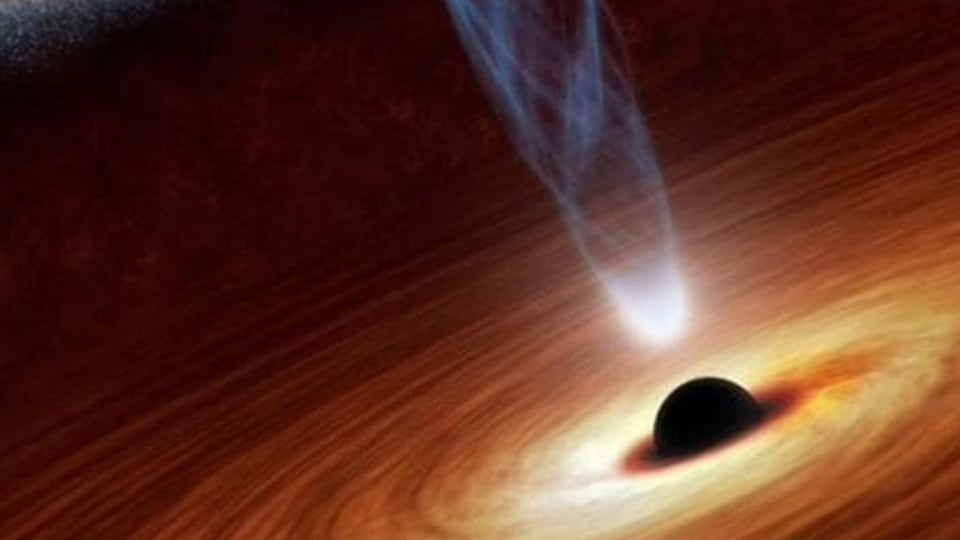

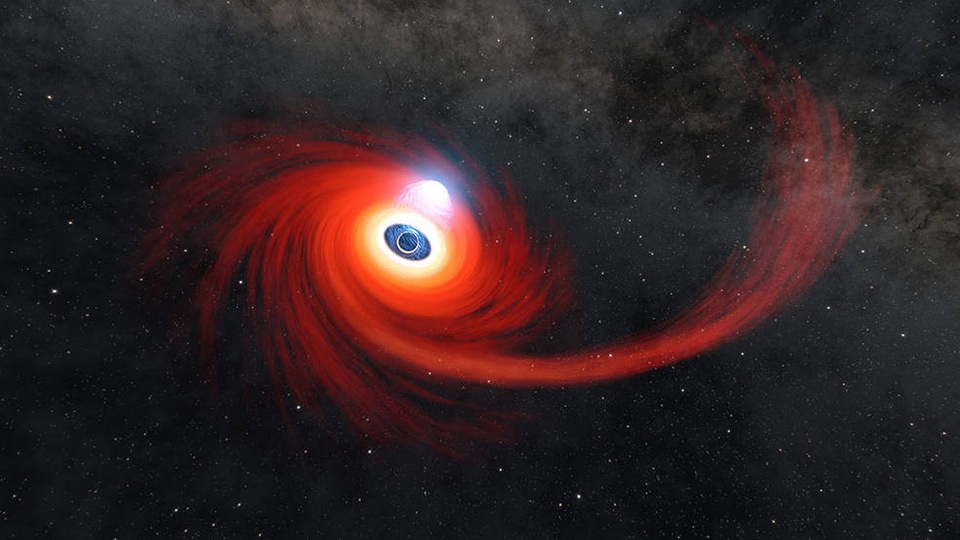
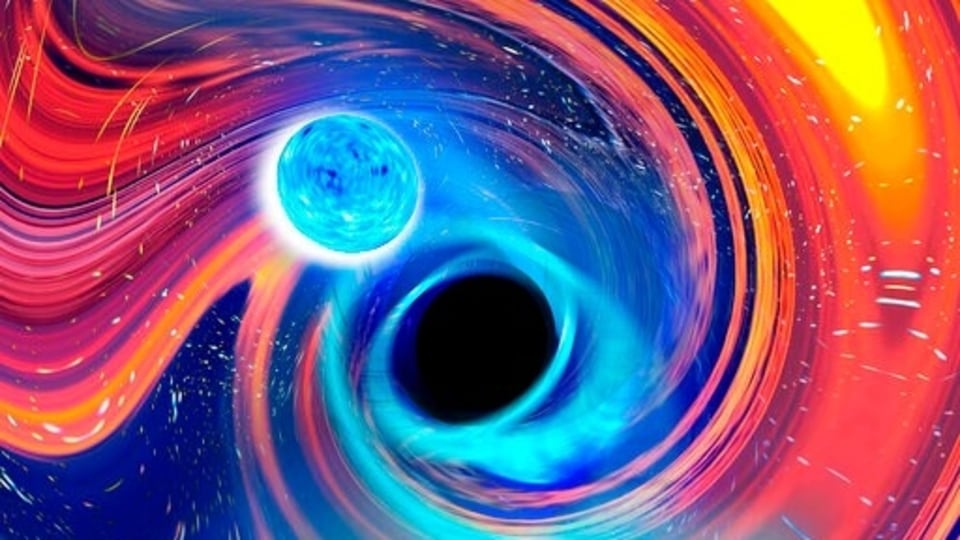
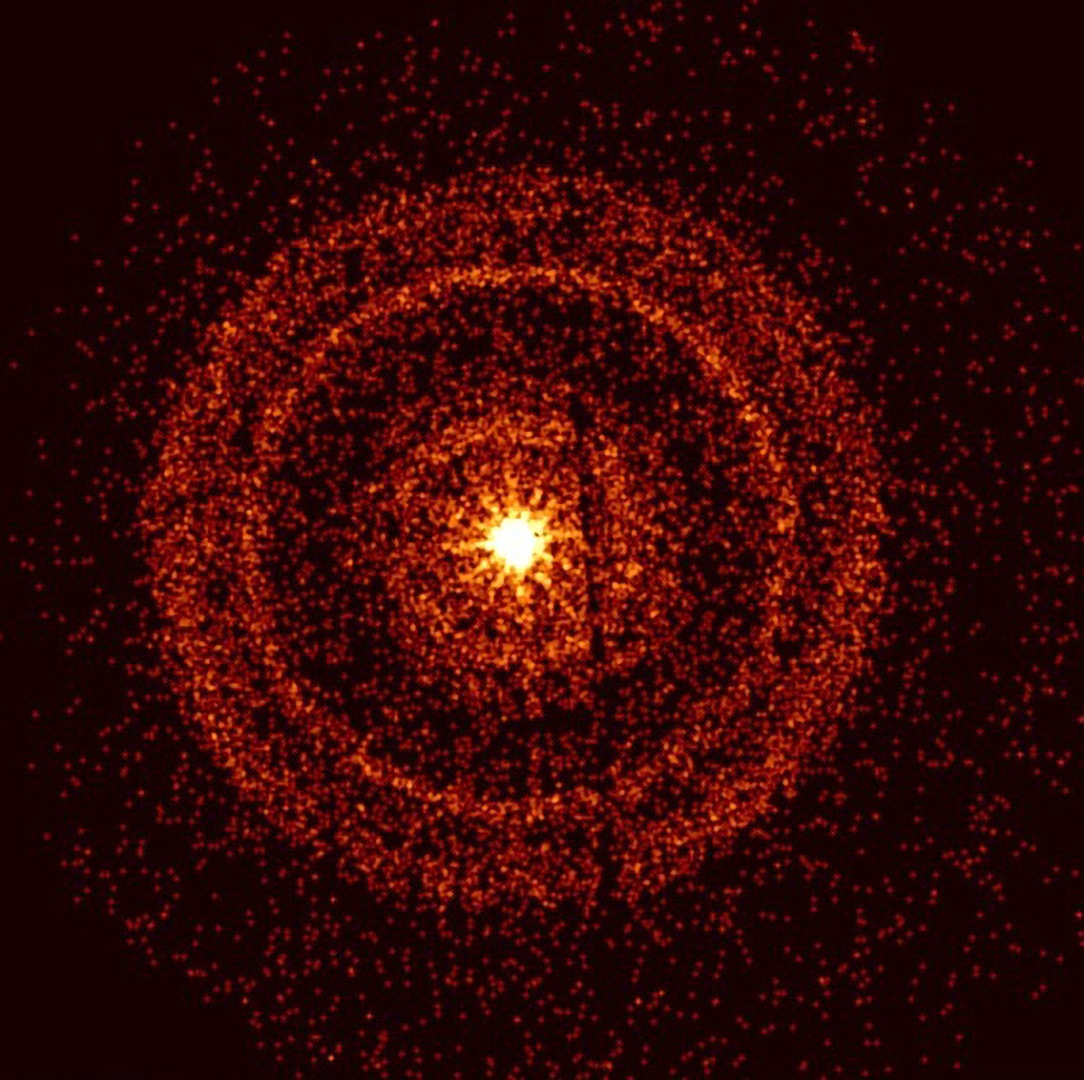
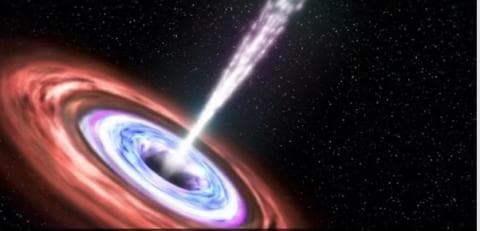
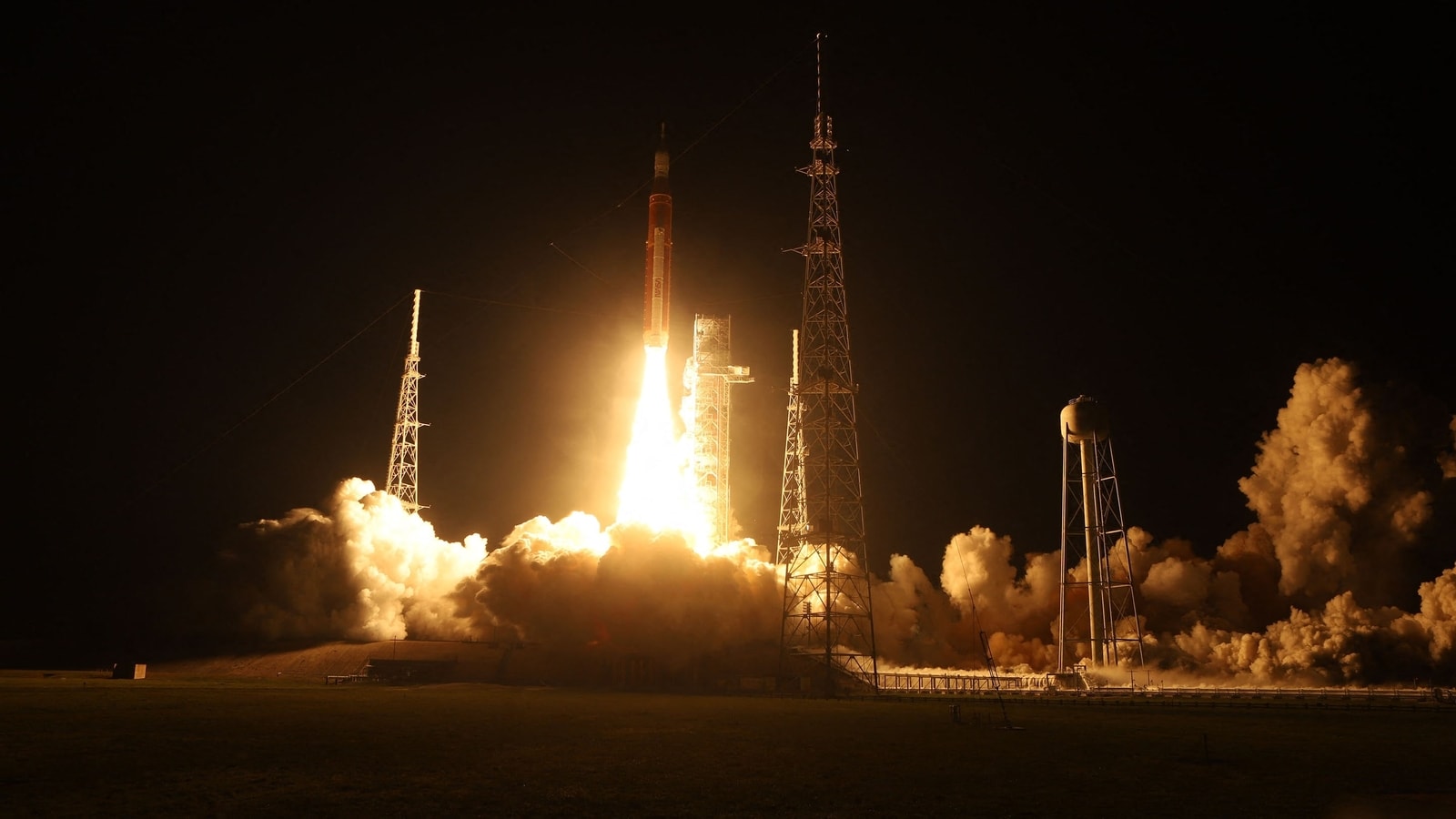
 View all Images
View all ImagesNASA is taking the next big step of sending humans to explore the region near the lunar South Pole. The space research organisation also continues to evaluate data and learn more about the Space Launch System (SLS) rocket's debut performance during the agency's November 16 Artemis I launch. "Following an initial data assessment and review that determined the SLS rocket met or exceeded all performance expectations, SLS engineers are now taking a closer look at the Moon rocket's performance to prepare for the first crewed Artemis missions," NASA said.
The preliminary post-flight data indicates that all SLS systems performed exceptionally and that the designs are ready to support a crewed flight on Artemis II. The post-flight analysis team will continue reviewing data.
“NASA's Space Launch System rocket has laid the foundation for the Artemis Generation and the future of spaceflight in deep space,” said John Honeycutt, SLS Program manager. “The correlation between actual flight performance and predicted performance for Artemis I was excellent. There is engineering and an art to successfully building and launching a rocket, and the analysis on the SLS rocket's inaugural flight puts NASA and its partners in a good position to power missions for Artemis II and beyond,” he added, as quoted by NASA.
Ahead of launch, teams established benchmarks for the rocket's performance through a series of pre-flight simulations and test campaigns. As the rocket launched and ascended to space, it experienced dynamic phases, like extreme forces and temperatures, that influenced its operations. The Artemis I flight test was the only way to gather real data on how the rocket performed during events like booster separation.
“The data we got back from Artemis I is critical in building confidence in this rocket to send humanity back to the Moon,” said John Blevins, SLS chief engineer. “The SLS team will use what we learn from this flight test to improve future flights of the rocket, and we are already taking what we've learned about operations and assembly and applying it to streamline future missions.”
Notably, through Artemis, NASA will land the first woman and the first person of color on the surface of the Moon, paving the way for a long-term lunar presence and serving as a steppingstone for astronauts on the way to Mars.
Catch all the Latest Tech News, Mobile News, Laptop News, Gaming news, Wearables News , How To News, also keep up with us on Whatsapp channel,Twitter, Facebook, Google News, and Instagram. For our latest videos, subscribe to our YouTube channel.





























